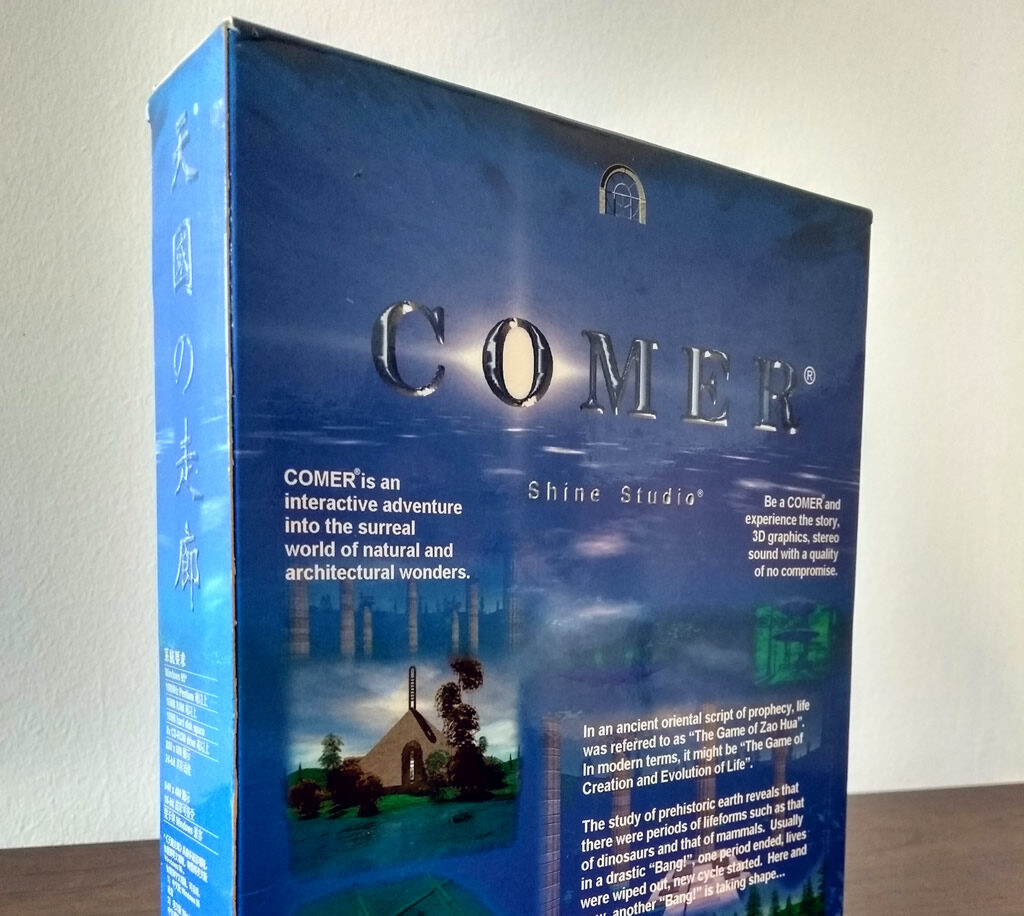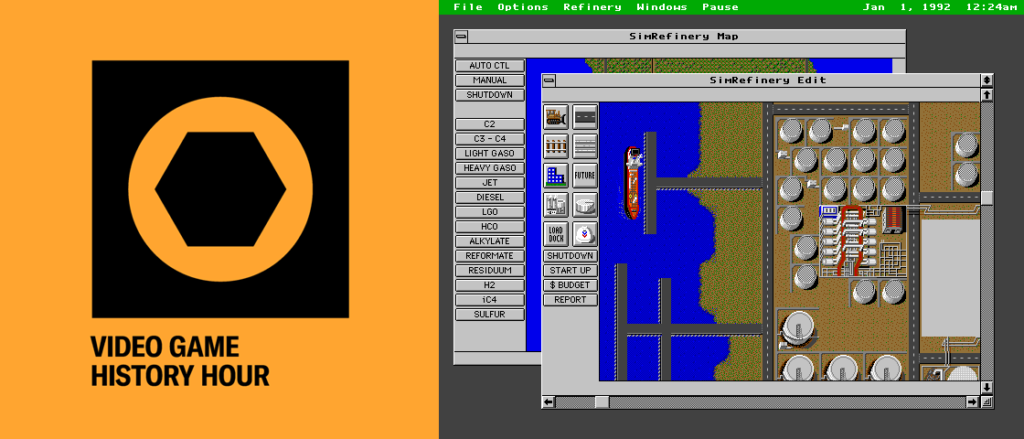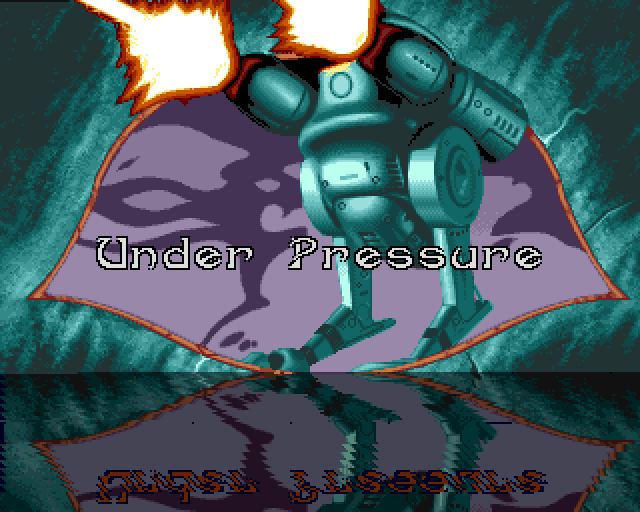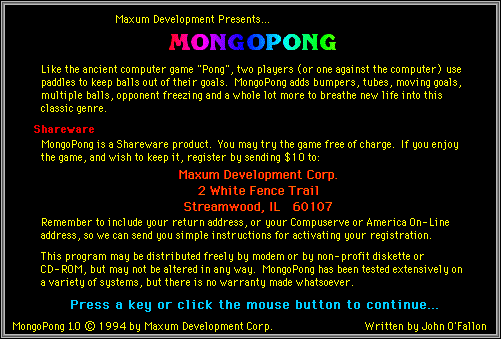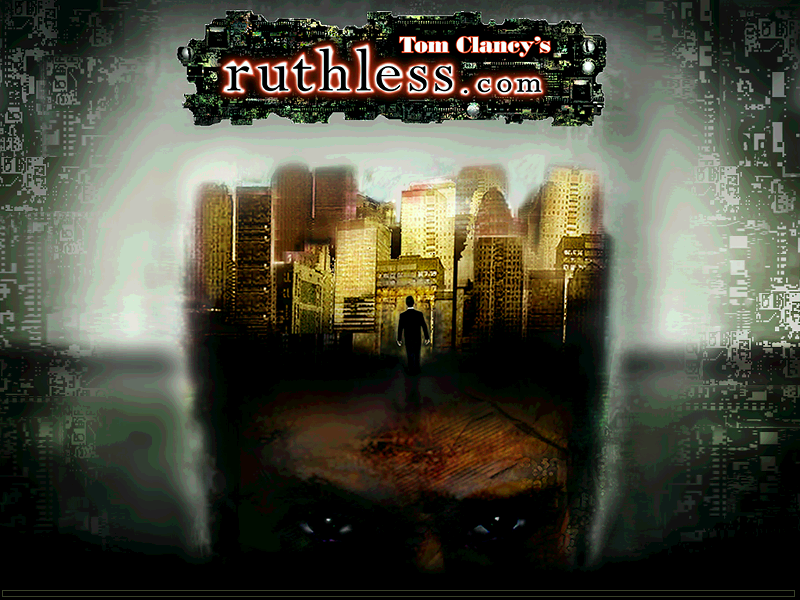Wrapping up a very weird year 
As this extraordinarily weird year comes to a close, I wanted to take a second to look back at where things are with The Obscuritory. Despite the messed-up state of the world, this has been a surprisingly big year.
And of course, that’s because of the SimRefinery post. From time to time, I’ve had things get attention on this blog, mostly for good reasons, but nothing prepared me for the incredible response this article received. I’ve been continually humbled by the reception – Longform named it one of their top five tech articles of the year! – which has led to some soul-searching about why I’m doing this blog.
I love writing about game history, and I’m so excited there’s an audience for it. I also realize that I can’t always keep publishing 10,000-word articles that take years of research, and I’ll be honest that in the wake of all the attention, I’ve felt a lot of pressure to keep that up. It’s left me a little unsettled about what people are expecting and where to go next.
The best thing I can do is continue what I’ve always been doing. I feel more confident in my writing than I’ve ever been, and part of the reason is that I’ve started caring more about the big picture. I think the reason the SimRefinery article blew up, apart from the nearly mythological stature that game has taken on over the years, is that it was a good story, and it meant something. It’s about something bigger than just games; it’s about technology and society, local history, and the human story behind it all. Asking myself why something matters has been beneficial every time I sit down to write.
Not everything needs to connect back to some bigger story; I love writing about weird old games for their own sake. But I want to keep broadening my perspective and looking for connections in the world around me. I want to do more like my write-up on Tom Clancy’s ruthless.com that was just as much about the dot-com bubble as it was the game itself. Curiosity, more than anything else, has become a guiding principle for me. Whatever I’m writing about, I love when I end up in a different place than where I started.
I think that’s something that has helped get me through the last nine months. I want to keep sharing that energy. I have a few big projects in mind that I’m eager to start in the new year, and I can’t wait to see where they lead to.
I’m proud of what I’ve accomplished this year in spite of the circumstances. Thanks to everyone for your kindness.

